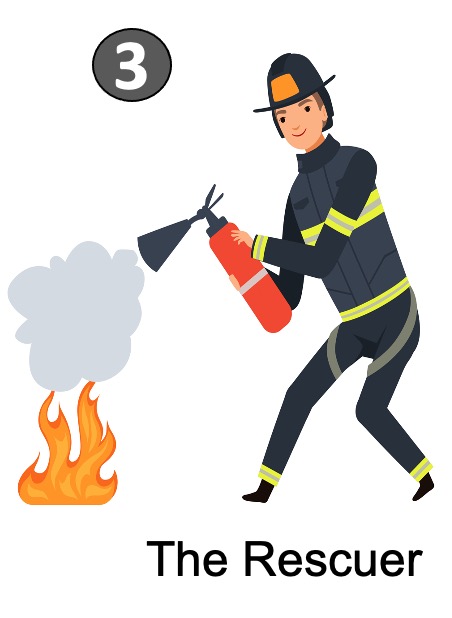Understanding four of the destructive management styles can help you avoid or quickly address issues that may lead to a disruption in employee performance. The goal of a good manager is always to bring out the best in an organization and the people they manage. Sometimes poor managers generally don’t know how to do that or they are following patterns and behaviors of managers from their past.

The Bully can be a perfectionist, especially for everyone else. Bullies take names and confront employee mistakes in front of other people.
When a mistake is made, he is the first to say:
“Who did this?”
“How did this happen?”
“Why did you do that?”
The Bully may think he is keeping people on their toes when he is actually increasing the stress level in the organization and lowering the morale. People might appear loyal because they are afraid of him but given the right opportunity, they will leave and never look back.
Everybody loves an empathetic leader. In fact, empathy is one of the strongest characteristics of a good leader. Good managers offer help to employees who are having a difficult time and step in when needed. However, The Enabler goes beyond support, this manager does not hold employees accountable for their behavior or makes excuses for employees with poor performance or poor attendance can create a negative environment because they are not bringing out the best in their employees.
An unwillingness to address poor performance or bad behavior on the part of an employee does not go unnoticed by the other employees. Not addressing or worse yet offering more support to the poor performer, leads the high-performing employees to feel like their contributions are less valued and ultimately brings down the morale of the team and causes them to lose respect for the manager.


While it is certainly a part of every manager’s job to fight fires, The Rescuer takes the job of fighting office, production, and customer fires to a new level. There are two key aspects to the fire-fighting quality.
The first is to be able to recognize what is a fire vs. a burnt popcorn situation. It is important to let employees figure out situations when they can. Jumping in too soon shows that she doesn’t trust the employee to work it out.
The second is, not to be the Fire-Starter. Anxious managers can often be the ones to create a crisis by yelling fire and running in with the proverbial hose to put it out. It leaves the manager feeling like a hero and the employees confused about what just happened and why. This style also erodes morale.
The Abdicators are absentee bosses. No one knows where they are, and they usually are not around when needed. Abdicators may initially give the impression that they have full faith in their employees and are excellent at delegation. However, over time, it becomes clear that they just aren’t around and the perception is that they don’t care.
Sometimes what seems like an Abdicator is actually a very involved manager who is either out getting new business or creating a new product line. If the manager is not communicating their work and their intention, it can leave their team feeling abandoned and it can eventually turn a high-performing team into slackers. After all, if their boss doesn’t care, why should they?

Disrupting poor management styles starts with awareness. Then giving the manager new behaviors and strategies for dealing with specific situations. The Bully may need anger management training. The Enabler could learn from taking a course in Situational Leadership. The Rescuer could gain perspective by gaining mindfulness techniques. And the Abdicator may either need communication skills training or more involvement from their manager.


